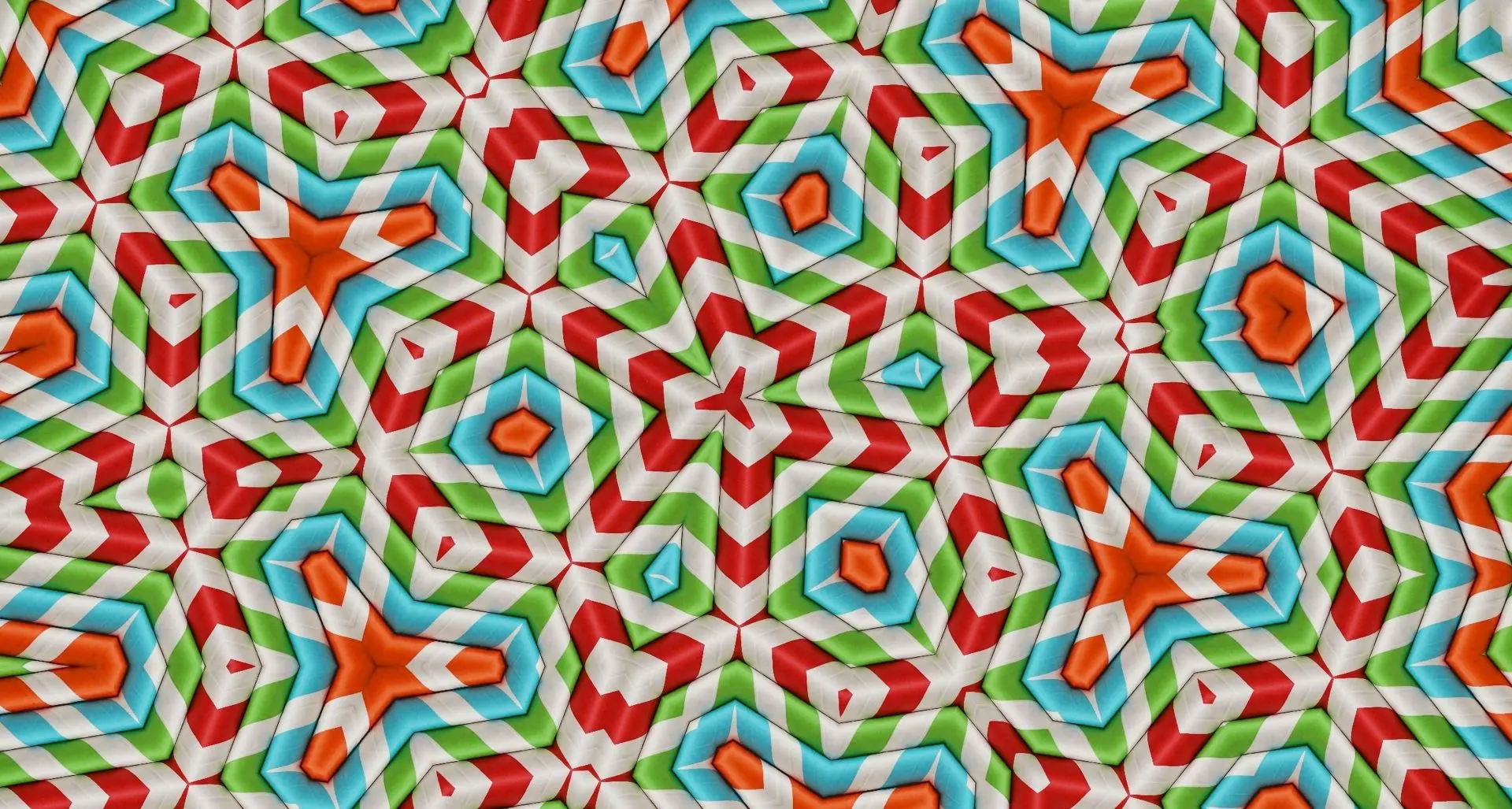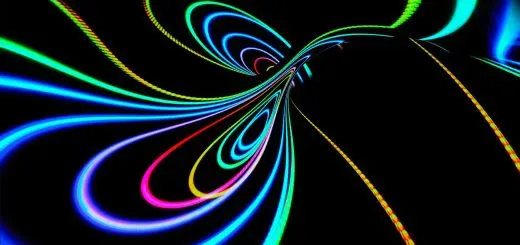Exploring the Afterlife in Mayan Mythology and Culture

Looking for more amazing products? Check out our online store and explore our collection here! Happy shopping!
Before diving in, please note: This post is for informational purposes only. If you’d like to know more about how we approach topics, feel free to check out our friendly Disclaimer Page.
Hey there, amazing readers! 
We’re committed to delivering quality posts, and your support (even just sticking around despite the ads) means everything to us. So, bear with us, and thanks for helping us keep the good vibes rolling. Now, on to the fun stuff!
TRANSLATE BUTTON AT THE END OF THE ARTICLE
Introduction to Mayan beliefs in the afterlife
Mayan beliefs in the afterlife were deeply rooted in their spiritual and religious practices.
The ancient Mayans believed that death was not the end but rather a continuation of life in another realm.
They viewed the afterlife as a complex journey that the soul undertakes after leaving the physical body.
This journey was filled with challenges and obstacles that the soul had to overcome to reach its final destination.
The Mayans believed that the soul of the deceased needed to navigate through the underworld, known as Xibalba, before reaching the final resting place.
They believed that the soul needed to undergo various trials and tests in Xibalba to prove its worthiness.
The afterlife was seen as a place where the soul would be reunited with ancestors and gods, living in a state of eternal peace and harmony.
Mayan underworld: Xibalba
Xibalba was the dark and foreboding underworld in Mayan mythology.
It was believed to be a complex network of caves, rivers, and forests, inhabited by malevolent deities and supernatural beings.
The Mayans believed that Xibalba was a place of great danger and darkness, where the souls of the deceased had to navigate carefully to avoid being trapped forever.
In Xibalba, the souls of the deceased faced a series of trials and challenges set by the gods of the underworld.
These trials tested the bravery, strength, and purity of the soul, determining its fate in the afterlife.
The Mayans believed that only the most courageous and virtuous souls could successfully navigate through Xibalba and reach the final destination of the afterlife.
The journey of the soul after death
According to Mayan beliefs, the journey of the soul after death was a complex and arduous process.
The soul of the deceased first had to pass through the nine levels of the underworld, each level presenting its own set of challenges and obstacles.
The soul had to overcome these challenges with courage and determination to reach the final destination of the afterlife.
Once the soul successfully navigated through the nine levels of the underworld, it entered the realm of the gods, where it was judged based on its actions and deeds in life.
The gods decided the fate of the soul, whether it would be allowed to join the ranks of the ancestors in the afterlife or face eternal punishment in the depths of Xibalba.
Rituals and practices to honor the deceased
The ancient Mayans had elaborate rituals and practices to honor the deceased and ensure a smooth transition to the afterlife.
One of the most important rituals was the act of burial, where the body of the deceased was prepared and placed in a tomb with offerings of food, drink, and personal belongings.
This was believed to provide comfort to the soul in its journey to the afterlife.
The Mayans also practiced bloodletting ceremonies and human sacrifices to appease the gods and ensure the safe passage of the soul to the afterlife.
These rituals were seen as essential to maintaining the balance between the physical and spiritual worlds and honoring the departed ancestors.
Gods and deities of the Mayan underworld
In Mayan mythology, Xibalba was ruled by a council of powerful deities known as the Death Gods.
These gods were responsible for judging the souls of the deceased and determining their fate in the afterlife.
The most prominent of these Death Gods were Hun-Came and Vucub-Came, who were feared for their cruelty and trickery.
The Mayans also believed in other deities and supernatural beings that inhabited the underworld, such as demons, monsters, and spirits of the dead.
These beings were believed to test the souls of the deceased and serve as guides on their journey through Xibalba.
The Mayans offered prayers and sacrifices to these deities to gain their favor and ensure a safe passage to the afterlife.
Symbols and representations of the afterlife
The Mayans used various symbols and representations to depict the afterlife and the journey of the soul.
One of the most common symbols was the Mayan glyph for death, which depicted a skeletal figure wearing a headdress.
This glyph was often used in funeral rites and rituals to invoke protection for the deceased in the afterlife.
The Mayans also used images of gods, demons, and supernatural beings to represent different aspects of the underworld.
These symbols were often carved into stone monuments, painted on pottery, or woven into textiles as a way to honor the deceased and guide their souls on their journey to the afterlife.
Importance of death in Mayan culture
Death held great significance in Mayan culture, as it was seen as a natural part of the cycle of life and rebirth.
The Mayans believed that death was not the end but rather a transition to another state of existence.
They viewed the afterlife as a place of eternal peace and harmony, where the souls of the deceased could find rest and reunion with their ancestors.
The Mayans placed a strong emphasis on honoring the dead and maintaining a connection with the spiritual world.
They believed that through rituals and ceremonies, they could communicate with the spirits of their ancestors and seek their guidance and protection in times of need.
Death was not feared but rather embraced as a necessary part of the journey of the soul.
Mythical creatures in the Mayan underworld
The Mayan underworld was populated by a variety of mythical creatures and supernatural beings that played a crucial role in the journey of the soul.
These creatures included demons, monsters, shape-shifters, and spirits of the dead, each with its own unique powers and abilities.
The Mayans believed that these beings tested the souls of the deceased and served as guides on their journey through Xibalba.
One of the most famous mythical creatures in Mayan mythology was the Camazotz, a giant bat god that inhabited the depths of Xibalba.
The Camazotz was feared for its bloodthirsty nature and was believed to devour the souls of the unworthy dead.
The Mayans offered sacrifices to appease the Camazotz and ensure a safe passage for the souls of the deceased.
Influence of Spanish colonization on beliefs
The arrival of the Spanish conquistadors in the 16th century had a profound impact on Mayan beliefs in the afterlife.
The Spanish colonizers brought with them their own religious beliefs, including Christianity, which clashed with the traditional Mayan beliefs in the afterlife.
The Mayans were forced to convert to Christianity and abandon many of their traditional rituals and practices.
Despite the influence of Spanish colonization, many aspects of Mayan beliefs in the afterlife have survived to this day.
The Mayans have adapted their rituals and ceremonies to incorporate elements of Christianity while still maintaining a strong connection to their ancestral traditions.
The syncretism of Mayan and Christian beliefs has created a unique blend of spirituality that continues to resonate with modern Mayan communities.
Modern interpretations and adaptations
In modern times, Mayan beliefs in the afterlife have experienced a resurgence as indigenous communities seek to reclaim their cultural heritage.
Many Mayans have revived traditional rituals and practices to honor the deceased and maintain a connection with the spiritual world.
These practices include ceremonies, dances, and offerings to the gods and ancestors.
Furthermore, modern interpretations of Mayan beliefs in the afterlife have been influenced by contemporary spirituality and new age movements.
Many people are drawn to the mystical and mysterious aspects of Mayan mythology, seeking a deeper understanding of life and death.
Mayan symbols and representations of the afterlife have become popular in art, fashion, and literature, inspiring a renewed interest in ancient Mesoamerican culture.
Archaeological evidence of afterlife beliefs
Archaeological excavations have uncovered a wealth of evidence supporting Mayan beliefs in the afterlife.
Burial sites, temple complexes, and artifacts have provided insights into the religious practices and rituals of the ancient Mayans.
Intricate tomb paintings, inscriptions, and sculptures depict scenes of the underworld and the journey of the soul after death.
One of the most famous archaeological discoveries related to Mayan beliefs in the afterlife is the tomb of the Mayan ruler Pakal the Great in Palenque.
The tomb contained a rich array of offerings, including jade jewelry, pottery, and precious metals, intended to accompany the king in the afterlife.
The intricate carvings on the sarcophagus lid depict Pakal’s journey through the underworld, symbolizing his rebirth as a divine being.
Comparing Mayan beliefs with other ancient cultures
Mayan beliefs in the afterlife share similarities with other ancient cultures around the world, particularly in their views on death, rebirth, and the journey of the soul.
Like the Egyptians, the Mayans believed in the importance of burial rituals and offerings to ensure the safe passage of the deceased to the afterlife.
Both cultures viewed death as a transition to another realm where the soul would be reunited with gods and ancestors.
Similarly, the Greeks and Romans had complex beliefs in the afterlife, with a structured underworld inhabited by gods, spirits, and mythical creatures.
The concept of judgment and punishment in the afterlife was also prevalent in both Mayan and Greco-Roman beliefs.
While each culture had its own unique myths and deities, the underlying themes of death, rebirth, and spiritual evolution were universal across ancient civilizations.
Conclusion
Mayan beliefs in the afterlife offer a fascinating glimpse into the spiritual and religious practices of one of the most advanced civilizations of the ancient world.
The journey of the soul through the underworld, the trials and tests faced by the deceased, and the rituals to honor the dead all reflect the deep connection that the Mayans had with the spiritual realm.
Despite the influence of Spanish colonization and modern interpretations, Mayan beliefs in the afterlife continue to inspire awe and wonder in people around the world.
By exploring the complex and mystical world of the Mayan underworld, we can gain a deeper understanding of the cycle of life, death, and rebirth that has fascinated humanity for centuries.

The Enlightenment Journey is a remarkable collection of writings authored by a distinguished group of experts in the fields of spirituality, new age, and esoteric knowledge.
This anthology features a diverse assembly of well-experienced authors who bring their profound insights and credible perspectives to the forefront.
Each contributor possesses a wealth of knowledge and wisdom, making them authorities in their respective domains.
Together, they offer readers a transformative journey into the realms of spiritual growth, self-discovery, and esoteric enlightenment.
The Enlightenment Journey is a testament to the collective expertise of these luminaries, providing readers with a rich tapestry of ideas and information to illuminate their spiritual path.
Our Diverse Expertise
While our primary focus is on spirituality and esotericism, we are equally passionate about exploring a wide range of other topics and niches 

To ensure we provide the most accurate and valuable insights, we collaborate with trusted experts in their respective domains 
Our blog originally focused on spirituality and metaphysics, but we’ve since expanded to cover a wide range of niches. Don’t worry—we continue to publish a lot of articles on spirituality! Frequently visit our blog to explore our diverse content and stay tuned for more insightful reads.
Hey there, amazing reader! 
Check out our store here and take a peek at some of our featured products below! Thanks for being awesome!










